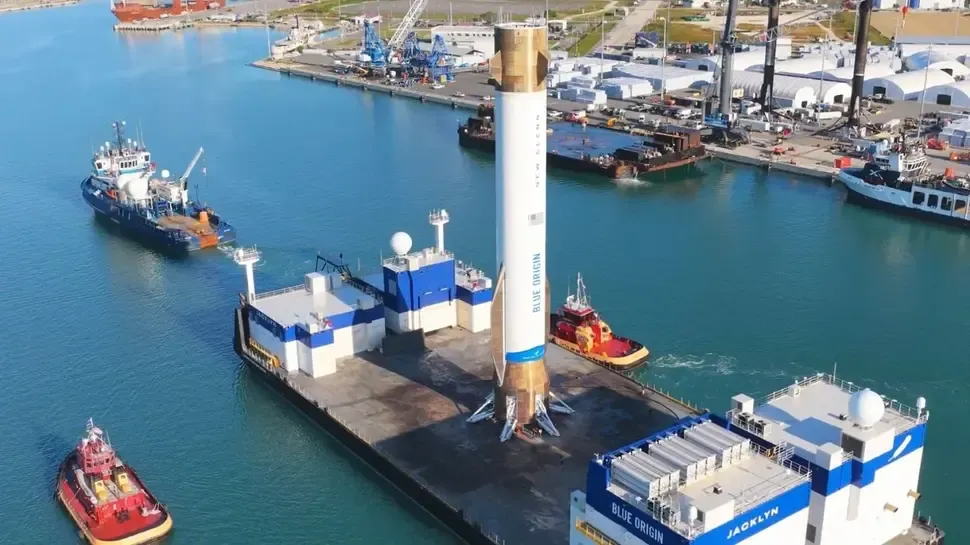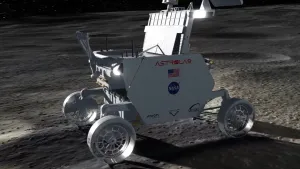Blue Origin revealed a series of enhancements for its New Glenn launch vehicle, aimed at boosting payload capacity, increasing flight cadence and improving reliability. The upgrades will begin rolling out with Flight 3 and include more powerful stages and a planned super-heavy variant named 9×4.
The upgrade package covers propulsion, structures, reusability systems and manufacturing processes. For example, the first-stage BE-4 engines are being uprated from 3.9 million lbf to 4.5 million lbf thrust, and the upper-stage BE-3U engines from 320,000 lbf to 400,000 lbf. These enhancements set the stage for the super-heavy 9×4 configuration that will work alongside the current 7×2 version.
With the commercial-launch market seeing greater demand for heavier payloads, mega-constellations and lunar missions, the boost in New Glenn’s performance broadens Blue Origin’s offering.
It positions the company to provide broader mission profiles, from low-Earth orbit to deep-space injections. At the same time, increased launch cadence and reuse improvement reflect the industry-wide push toward lower cost per launch.
One week ago, we launched our second New Glenn mission. Today, "Never Tell Me The Odds" is back at LC-36 for refurbishment to prepare for its next flight! pic.twitter.com/1FxeStoeSB
— Dave Limp (@davill) November 20, 2025
Blue Origin’s New Glenn debuted its first flight earlier in 2025 and landed its booster successfully on its second mission. The newly announced upgrades come as companies like SpaceX and United Launch Alliance advance heavy-lift systems of their own.
By offering two configurations simultaneously (7×2 and 9×4), Blue Origin aims to serve both current payload needs and future heavy-lift demands.
Road Ahead
The rollout will focus first on Flight 3 with a larger fairing and upgraded components. The 9×4 variant offers over 70 metric tons to low-Earth orbit and a wider 8.7-metre fairing, potentially enabling lunar and national-security missions.
Blue Origin’s New Glenn upgrades reflect a calculated evolution in launch-vehicle capability. By raising thrust, improving reusability and planning a super-heavy version, the company addresses both immediate market demand and long-term mission goals.
The next phase will test how smoothly the new improvements translate into field-ready performance.






